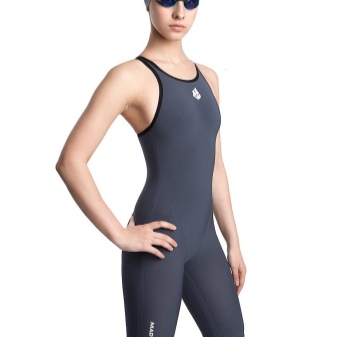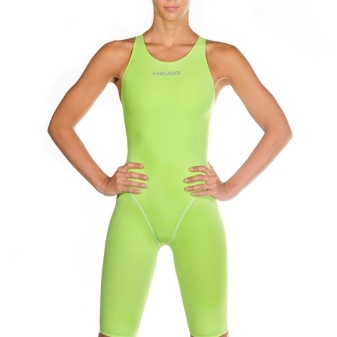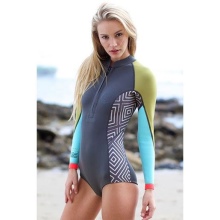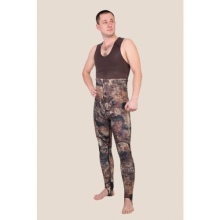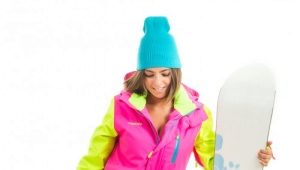Diving suit, diving and bathing suit
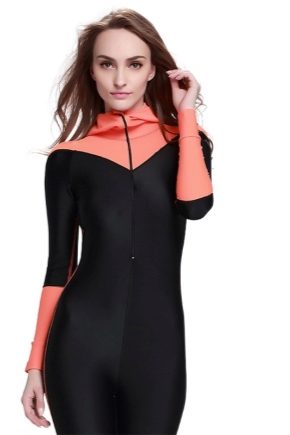
Features and Benefits
Diving and diving suits are made in such a way as to keep warm when immersed in water and hermetically seal the body from moisture penetration. In water, heat transfer occurs 20 times faster than in air. Therefore, high-quality thermal insulation is the main function of such clothing. To prevent the penetration of water, such uniforms are made of neoprene or other waterproof materials, and the seams are connected by hermetic gluing.
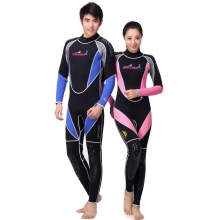
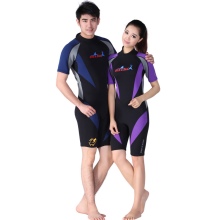
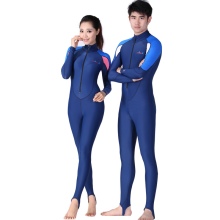
The advantages of diving suits are high thermal insulation, tightness, design that allows you to move freely and be as mobile as possible at depth. In addition, the durable material prevents possible scratches, pricks, bruises from objects in the water: algae, fauna, stones.
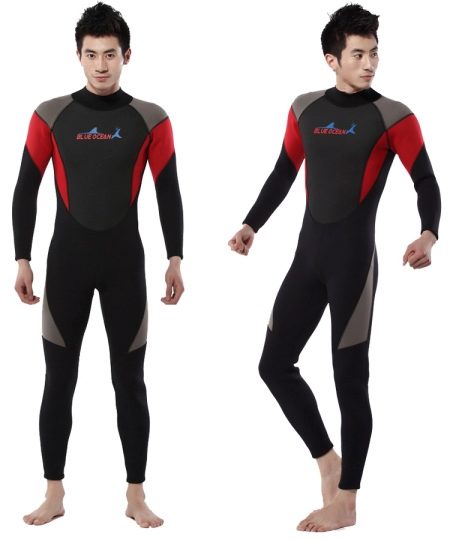
This type of clothing can be used not only for scuba diving. It is widespread among kayakers, rafting down the river, ordinary swimmers, tourists at seaside resorts. And skydivers who go in for skydiving use special suits for this extreme sport. Further, all types of equipment will be discussed in more detail.
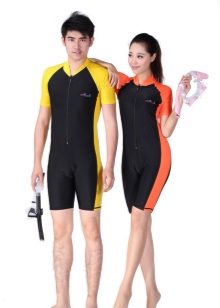
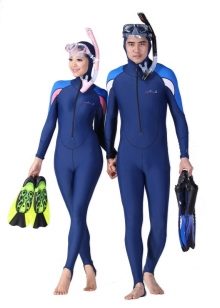
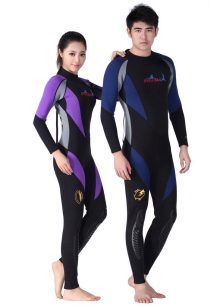
Varieties
According to the degree of waterproofing, diving suits are divided into:
- dry;
- semi-dry;
- wet.
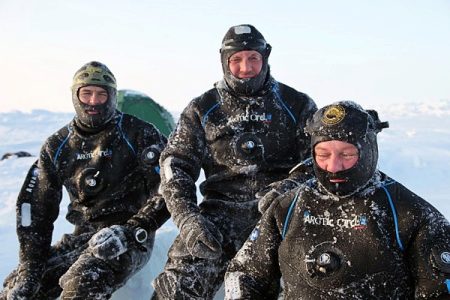
The first type does not let water through at all.Such equipment is made of multilayer nylon with additional waterproofing impregnation. It can be a one-piece jumpsuit or a set of jacket and trousers that are hermetically connected. In addition to it, there are gloves and shoes, which are also connected to keep out moisture. This suit is designed for all types of scuba diving.
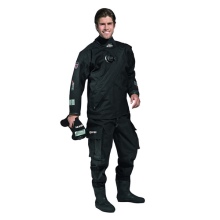
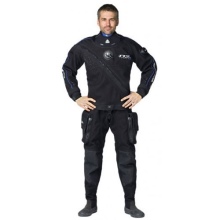
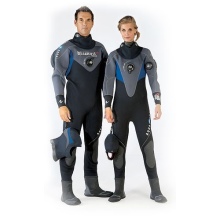
Semi-dry diving suits are made from neoprene. They are fastened with a zipper, located in most cases on the back. Equipped with additional seals on the neck, sleeves and ankles, which prevent the penetration of water. Such equipment is more resistant to moisture, but not 100%.
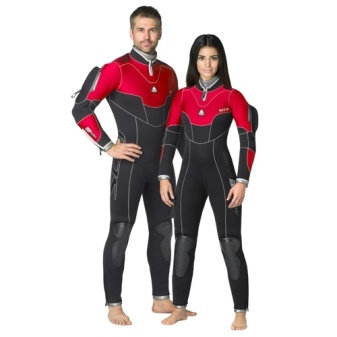
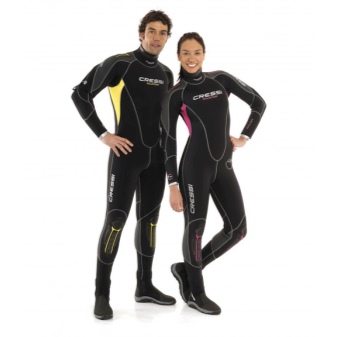
The latter variety is made of rubberized material, which in itself does not let water through. But it penetrates inside through fasteners, edges at the junction of sleeves with gloves, ankles. Wet suits are the most common, they are used for diving, spearfishing, swimming.
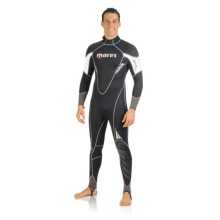
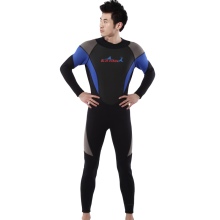
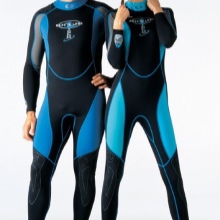
For swimming in cold water with a temperature of no more than 4 degrees, only the first type should be used.
Professional diving suits should be used with a thickness of at least 7 mm, preferably made of multilayer nylon with a fitting connected to a scuba gear for filling with compressed air. Hydra for cold water can also be taken from neoprene, but with a thickness of at least 7-9 mm.
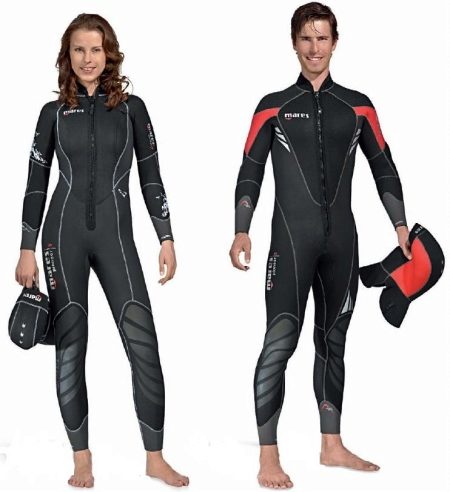
Skydiving suits are similar in design to diving gear. But the material is different: it does not have such a degree of thermal insulation and tightness. The raw material for manufacturing is fabric or nylon. The suits can also be equipped with additional wings for gliding in the air.
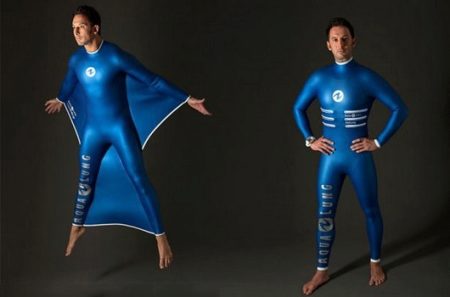
A freediving wetsuit consists of high-waisted pants and a hooded jacket. The inner surface of the equipment is made of neoprene, which fits snugly against the skin and prevents the penetration of moisture. Due to such features, such clothes are not worn dry, they are equipped with them already in the water.
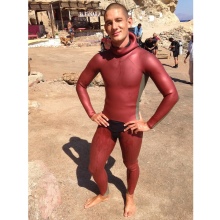
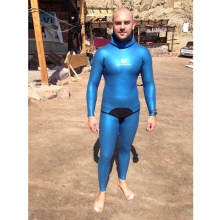
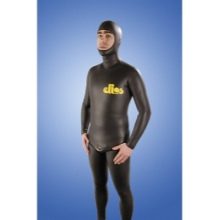
For swimming or diving in the southern seas, where the temperature during the day in the water does not drop below 21 degrees, open suits may be suitable. They are not equipped with a hood and sealed cuffs on the sleeves and ankles. Included with them are purchased cash masks and gloves. Such equipment does not allow you to completely isolate from the water. But for non-professional divers, tourists or kayaking, this is quite a suitable option.
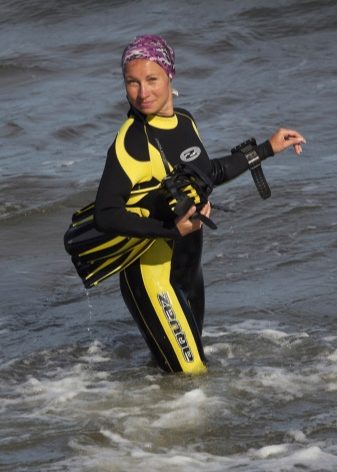
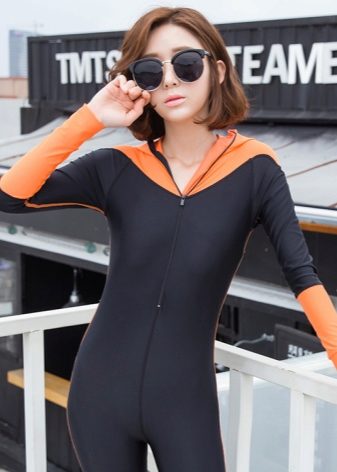
For professional diving work, special equipment is used. It includes:
- waterproof overalls made of rubber;
- thermal underwear;
- galoshes or rubber boots;
- three-layer rubberized shirt;
- a shirt-front made of copper;
- a copper diving helmet attached to it, the so-called three-bolt.
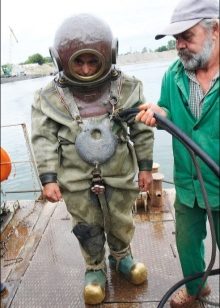
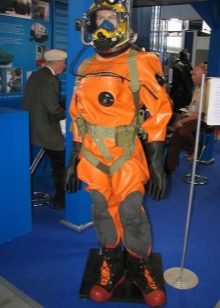
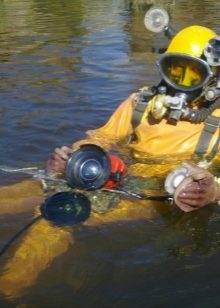
Diving equipment is used in the civilian and military fleets.
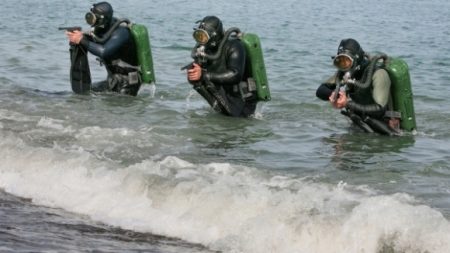
The Laguna river rafting suit is made of neoprene and comes with waterproof socks. Life jackets are worn over the equipment, and a helmet is usually worn on the head. In a boat, such clothing will retain bodily heat, protect to some extent from the penetration of water.
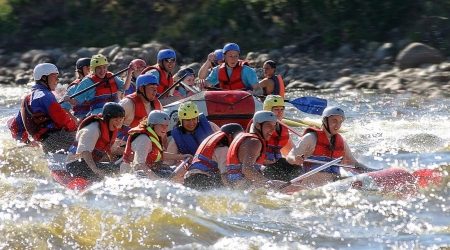
Textile
Diving suit materials are as follows:
- rubber;
- rubberized multilayer capron;
- foam neoprene;
- "leather";
- titanium.
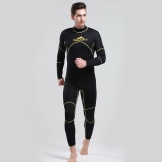
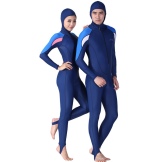
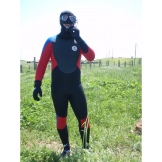
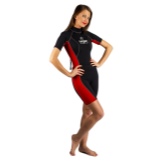
Rubber in its pure form is quite capable of not letting moisture through, but it does not have the necessary thermal insulation in cold water.But the rubberized multi-layer nylon is able to both keep warm and prevent wetting by almost 100%.
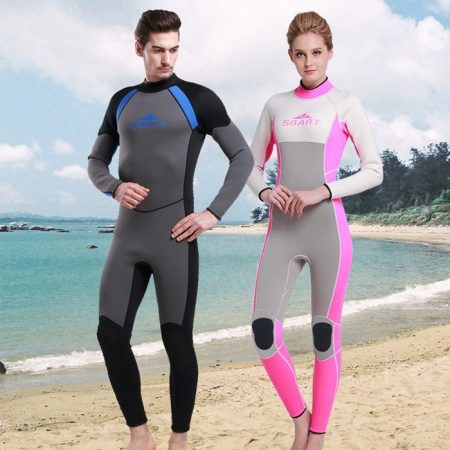
Foamed neoprene is very elastic and soft. It is the cheapest, but its service life is minimal. A variety of neoprene called "leather" has an increased density. It is he who fits snugly to the body when diving, it is difficult to put on and take off the suit, it needs to get wet or lubricated with soapy water. But for the convenience of sliding on the surface, they came up with a layer of silicone. Titanium is coated with titanium filler. It has maximum thermal insulation, but the highest cost.
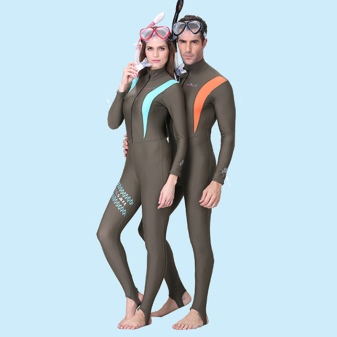
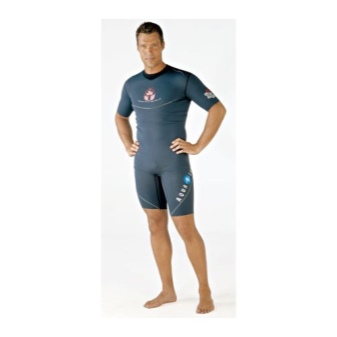
How to choose
When choosing equipment for scuba diving, one must be guided by the tasks. For professional diving, deep-sea diving, diving operations, cold water with a temperature of less than 12 degrees, a dry type with a thickness of 6 to 9 mm is necessarily selected.
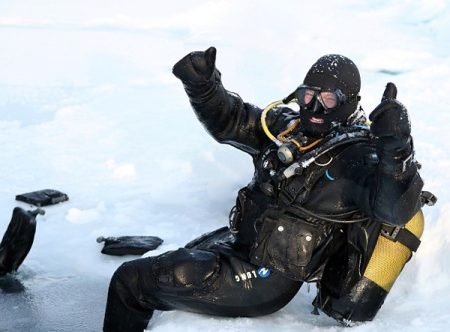
For amateur diving, swimming, work without scuba gear, semi-dry and wet models are suitable. A thickness of 5-6 mm is quite sufficient for this.
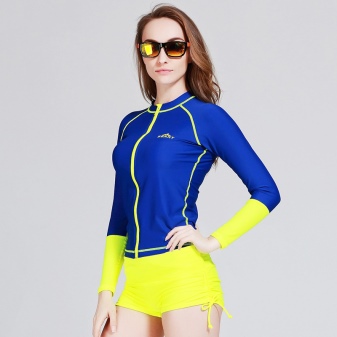
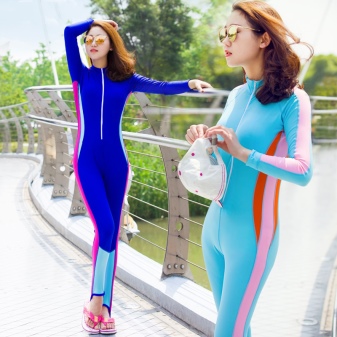
With a comfortable water temperature of 21-28 degrees, the thickness of the suit can be 3 mm. Under these conditions, neoprene or rubber gear will do.
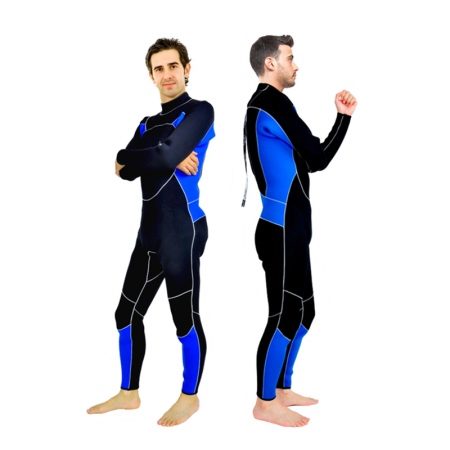
In favorable temperature conditions and when no other threats are expected (sharp stones, prickly algae, aggressive fauna), open-type suits can be used. They will require additional accessories: gloves and face masks.
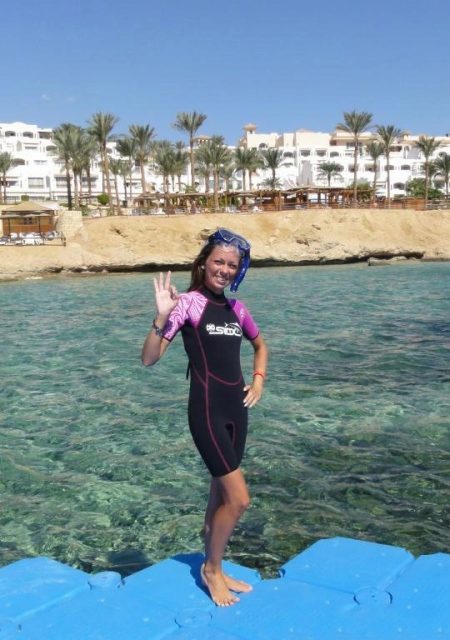
What is the price
The most expensive models are the dry type for professional scuba diving. A kit can cost an average of 13,800 to 19,000 rubles. Semi-dry and open options range from 4,700 to 16,500 rubles. The cheapest suits - wet type made of foamed neoprene or rubber cost 3100 - 6200 rubles.
In this case, the price depends on the manufacturer. Branded and popular brands will be more expensive. The cost is affected by the material of manufacture, the most expensive fabrics are titanium and rubberized nylon, the cheapest is foamed neoprene.
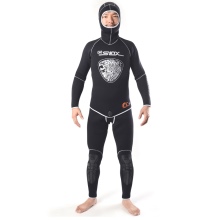
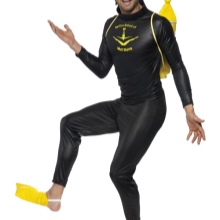
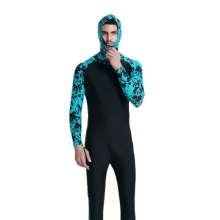
The cost of equipment should immediately include the price of auxiliary accessories: masks and gloves, thermal underwear, boots and fins.
Stylish images
In a number of collections from various manufacturers, you can choose hydras that differ in style and thoughtful design. Among the brands it is worth noting: Mad Wave, Billabong, Submarine Groove, Rocksea, Espadon. The choice, of course, depends on the tastes and preferences of the buyer. But the bright design is not the only criterion, the technical characteristics are important, this primarily affects the comfort of diving and safety.
